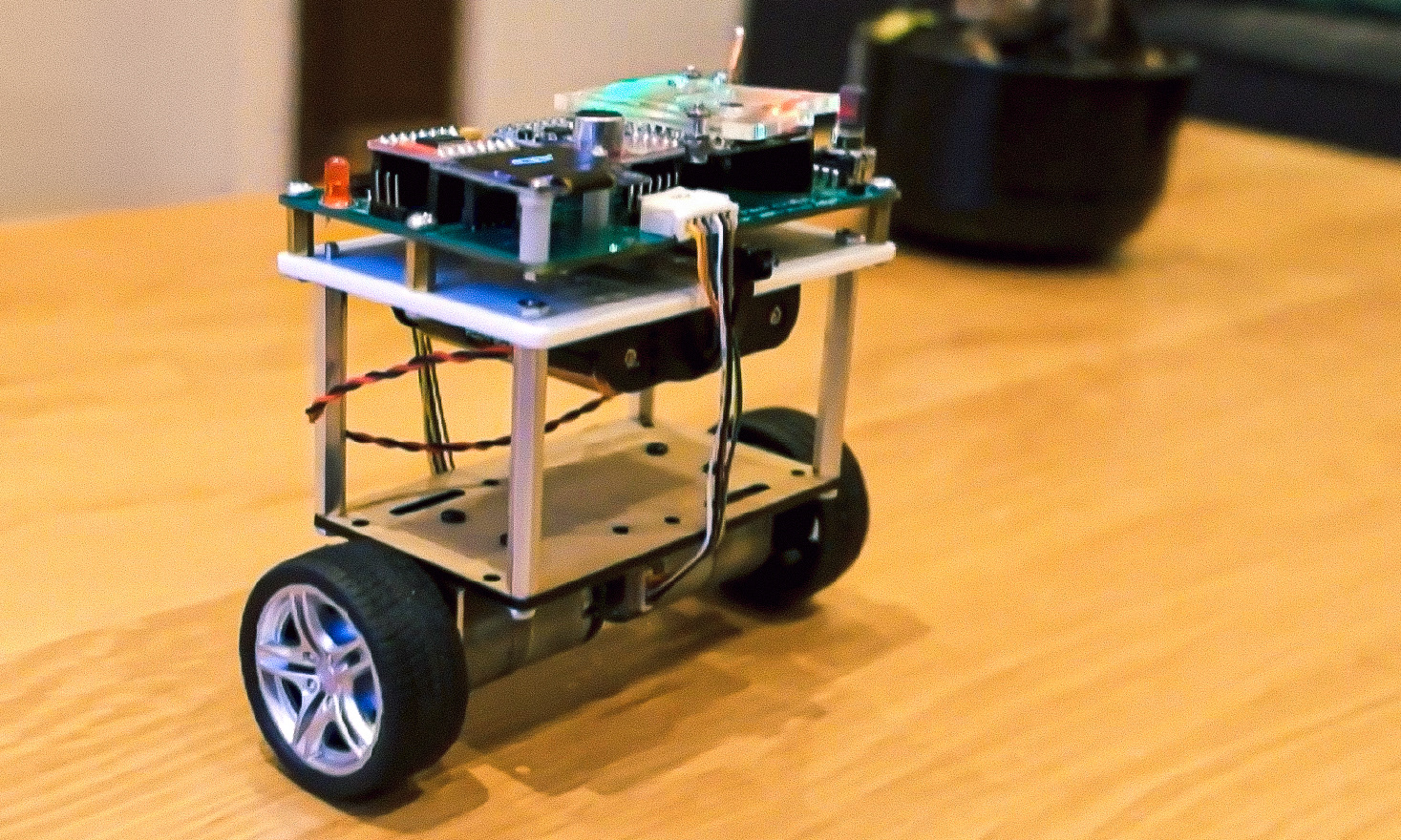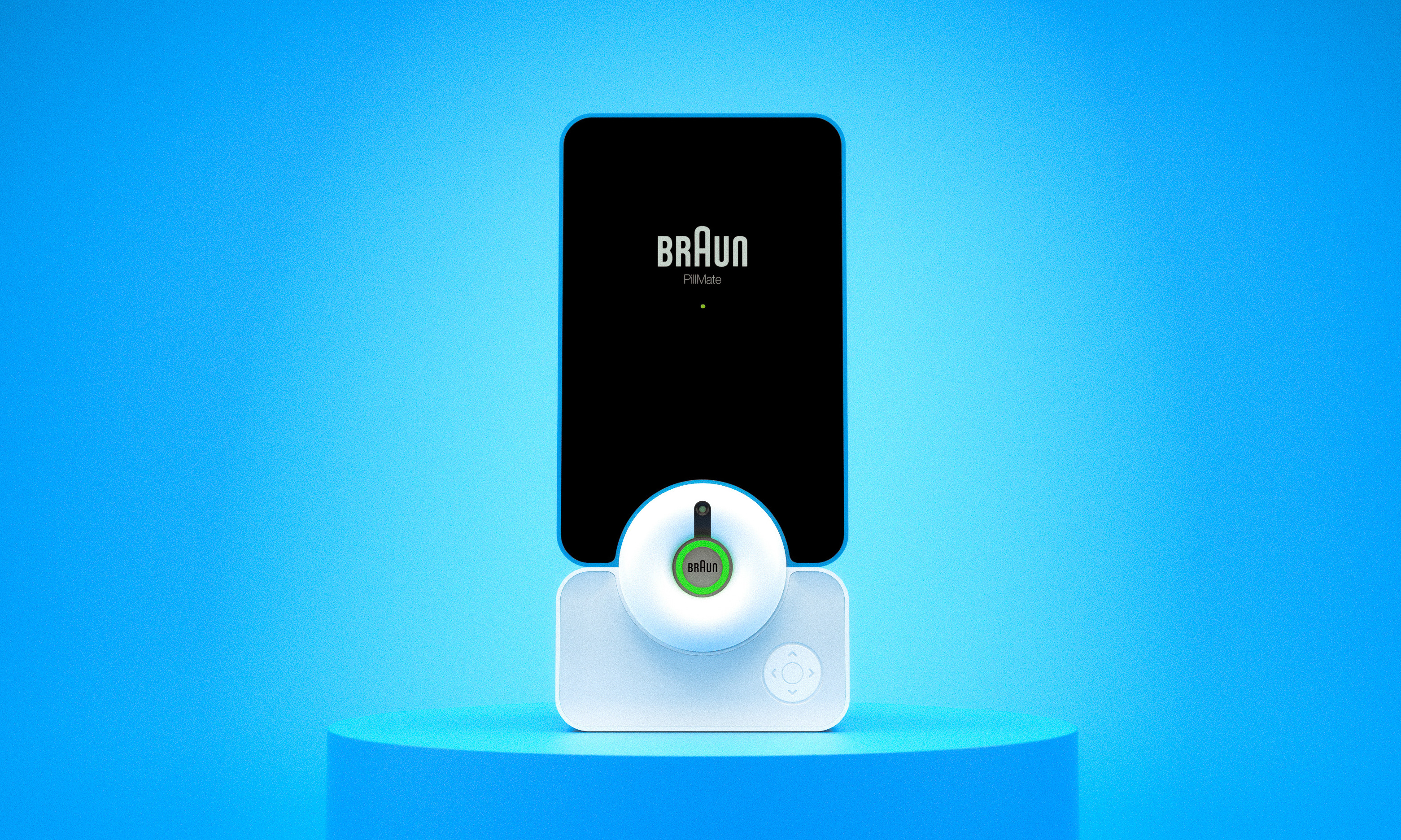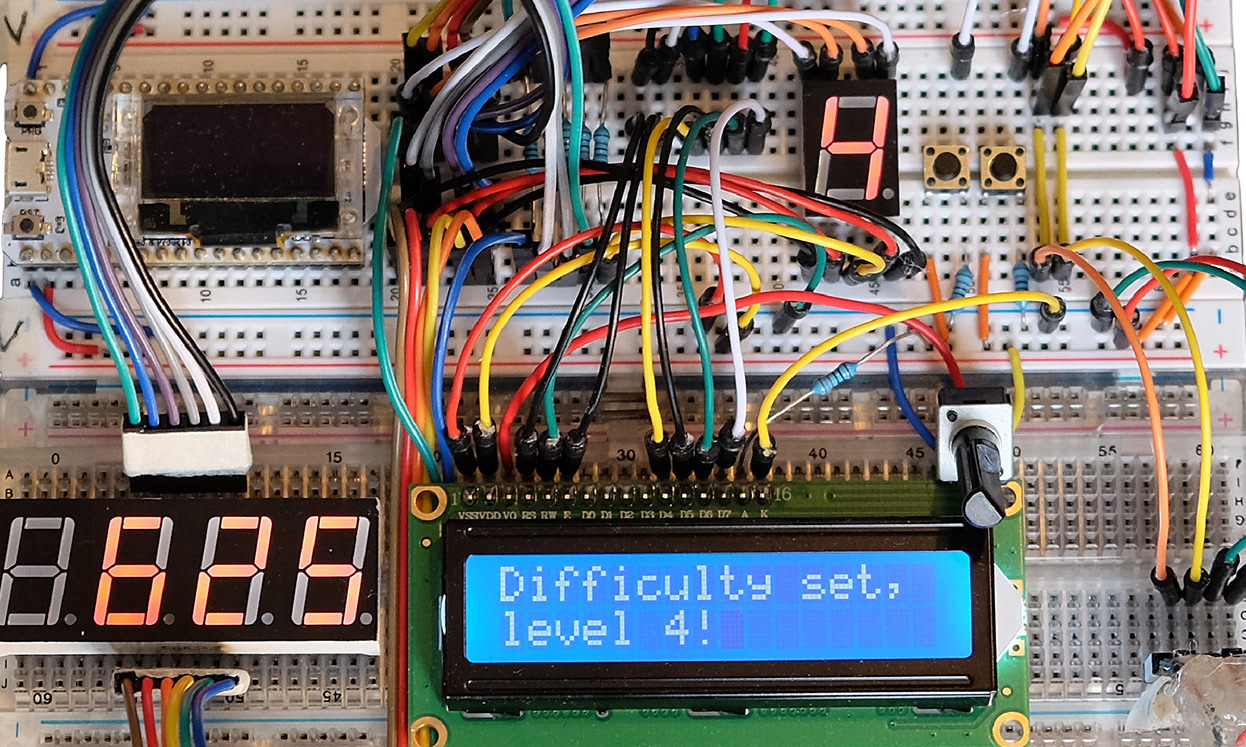An intense and exciting 36-hour challenge
On the weekend of Feburary 6 2021, I took part in the Making for the Moon Hackathon in which teams were tasked with designing a deployment mechanism for lowering Spacebit’s Asagumo rover from the Astrobotic Peregrine Lander, delivered by the United Launch Alliance (ULA) Vulcan Centaur. Spacebit Mission One is the UK’s first planned robotic lunar mission, and the 4-legged Asagumo rover is the first of its kind. It presents new opportunities for exploring lava tubes but introduces its own interesting challenges. The event lasted 36 hours and culminated in a 4-minute presentation amongst 21 other competing teams. Our complete solution can be seen here, or at the bottom of this project.
My contributions
My roles involved creating the cad model above (no files or dimentions were provided for the rover), as well as animating and running simulations on our design. It was fascinating to learn about the engineering considerations required for applications in space, and the experience greatly broadened my understanding of what it takes to design systems for difficult and unfamiliar environments.



^ I used simulations to test my teammates' material choises and found that the design should be able to sustain 30~70G during launch. As we were tight on time, I was unable to do topology optimisation, however it seems that this was not necessary.
The design - "Kumonosu"
We came up with a lightweight system that secures the Asagumo rover during the demanding launch and transit conditions. Upon landing on the lunar surface, it gently lowers it down without kicking up any of the highly abrasive regolith in order to protect the vital solar panels. We were also able to incorperate an antenna into one of the winch cables to improve the WiFi communications between the lander and the rover. A proof of concept for this was simulated using Gazebo.
More details on our design considerations can be seen in this 4-minute video:
It was an absolute pleasure to work with Omar Khan, Theodore Macklin, Josh Warner, Ben Kaye, Eve Williamson, Alana Bralsford and Martin Lombard on this rapid and exciting project. I look forward to the next hackathon!
Thank you for viewing!





















